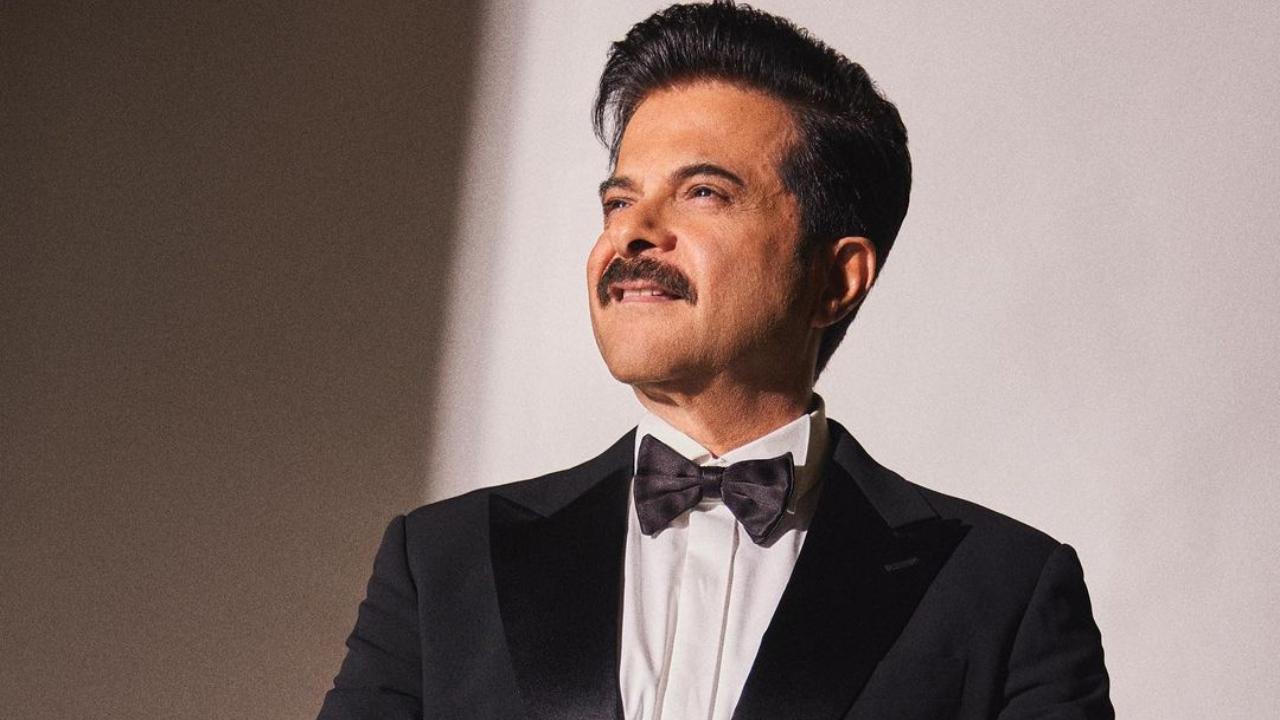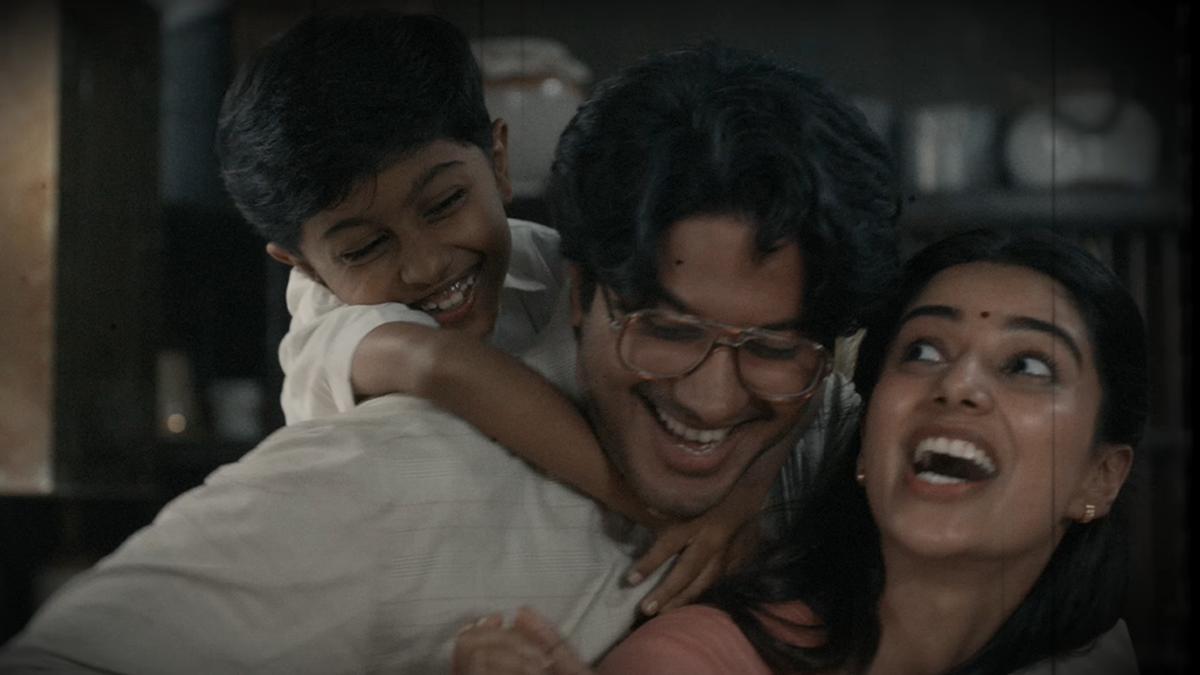
For many years, Chennai’s cultural scene has been perceived as a privilege largely reserved for those residing in its southern parts, particularly areas like Mylapore and T. Nagar. These neighborhoods, rich in cultural heritage, host the majority of the city’s sabhas, platforms where traditional performing arts thrive. This concentration has frequently led to the issue of accessibility, with art enthusiasts, or rasikas, living in distant suburbs often finding it challenging to partake in this vibrant cultural scene.
Recognizing this gap, Kartik Fine Arts, a venerable institution in Chennai’s arts sphere, is spearheading efforts to democratize cultural access. This major sabha is now reaching out to the art lovers residing in the outskirts of the city, aiming to broaden its influence and make cultural experiences more inclusive.
S.N. Srikanth, the president of Kartik Fine Arts, remarked on the substantial interest among suburban rasikas keen to witness performances by esteemed artists but who often face logistical hurdles. “There is an immense interest among rasikas residing in distant areas of Chennai, but they often find it challenging to attend performances by eminent artistes,” he says. He further disclosed plans to expand such initiatives to encompass North Chennai and other underserved areas, heralding a potential cultural renaissance across the sprawling city.
In a significant initial step, the sabha organized its inaugural ‘outreach effort’ in collaboration with Babaji Vidhyashram in Sholinganallur. The event featured a captivating Carnatic vocal recital by the renowned artist K. Gayatri. This performance was enhanced by the accompaniment of talented musicians B. Ananthakrishnan, who played the violin, and Praveen Sparsh on the mridangam, an indigenous percussion instrument.
The timing of this event was likewise auspicious, coinciding with the concluding day of the Navaratri festival, a period synonymous with cultural celebrations.
. Gayatri commenced her performance with an upbeat ragamalika varnam titled ‘Gananayakane thunai varuvaay’, set in Adi tala. This piece, a composition of her guru Suguna Purushothaman, was just the opening to a series of five Devi kritis, songs dedicated to the goddess.
Among these, ‘Amba vaani nannu’, composed by Muthiah Bhagavathar in Keeravani (Adi), stood out as a highlight. Gayatri’s delivery featured a focused rendition followed by an elaborate niraval and kalpanaswara at the phrase ‘Varaveena paani’, where both her mastery and the musical interactions with Ananthakrishnan shone brilliantly.
After a nuanced exploration of Sriranjani raga, she performed Papanasam Sivan’s ‘Maatha innum vaadha’, a piece invoking the goddess of Thirumayilai. Choosing to forego additional improvisation, Gayatri’s interpretation captured the essence of the composition’s emotive depth. This was followed by Syama Sastri’s ‘Brovavamma taamasamele’, presented in Maanji and Misra Chapu, maintaining an ideal tempo.
Periyaasami Thooran’s ‘Thaye Tripurasundari’, a lively piece in Suddha Saveri and Khanda Chapu, added vigor to the recital. The primary piece for the recital was Swati Tirunal’s ‘Pahi Jagajjanani’ in Vachaspathi, set to Adi tala. Gayatri adeptly handled kalpanaswaras, particularly excelling at ‘Mohanadaragaatri’ in the anupallavi, transitioning skillfully between tempos before Praveen’s exhilarating mridangam solo performance.
The synergy of the artistic trio was apparent throughout. Ananthakrishnan deftly matched Gayatri’s melodic articulation in raga explorations, while Praveen’s dynamic and stylistic percussion underscored the concert’s rhythmic foundation.
Closing on a thoughtful note, Gayatri chose Tyagaraja’s ‘Hecharikaga rara’ in Yadukula Kambhoji, followed by Veena Seshanna’s Senchurutti thillana, both subtly acknowledging her mentor with the shared phrase ‘Sugunasaandra’. Remarkably, the recital encompassed compositions from an array of composers, adding to its diversity.
Kartik Fine Arts’ initiative marks a considerable step towards extending cultural engagement. While attendance was modest, the sabha is optimistic about a growing audience, hopeful that as their efforts take root, they will blossom into a thriving cultural movement, enriching Chennai’s artistic tapestry for listeners across its suburbs. As this cultural outreach progresses, it promises to bridge divides, ensuring that the city’s artistic legacy is accessible to all.










